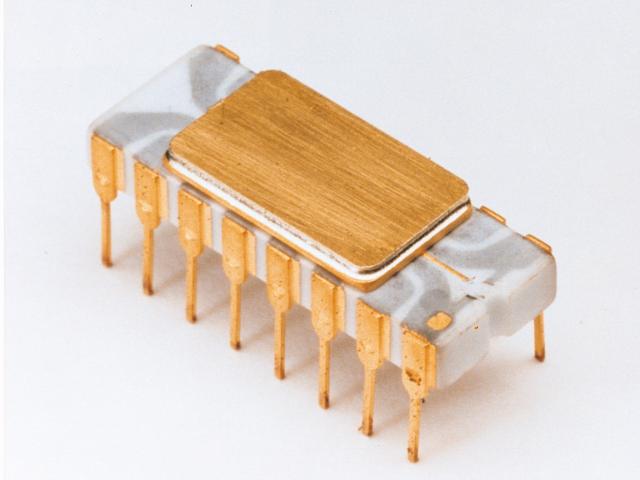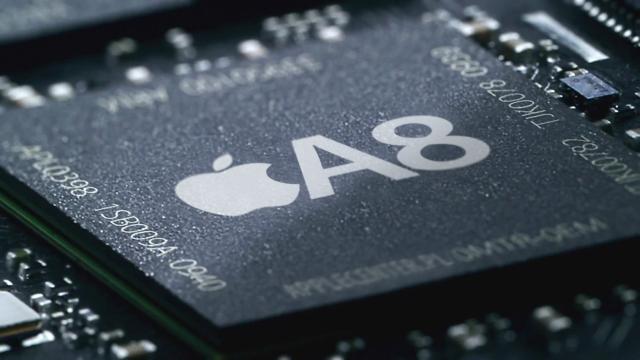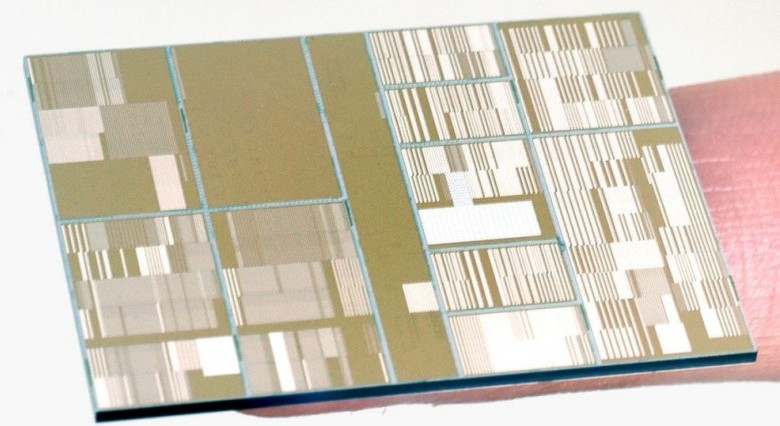Computer Chips: The Engine of Progress

It seems almost unbelievable, but Intel has done it again: within just two years, they’ve managed to make computer chips at least twice as powerful for the same price. Achieving this feat required five years of research and an investment of three billion euros. This confirms once more the legendary prediction made by Gordon Moore, the founder of chip manufacturer Intel, which remains valid to this day. And this opens doors to fascinating possibilities, such as teleportation.

The Intel 4004 chip from 1971: 2,300 transistors
What was the prediction made by the founder of Intel?
In 1965, Gordon Moore predicted that the number of transistors on computer chips would double every two years. This remarkable prediction has held up over time. Whenever physical or economic limits are reached, new avenues are explored to continue the exponential growth of price/performance ratio.

Apple A8, 2014: 2 billion transistors
Why is this prediction so remarkable?
The fact that this prediction has lasted for more than 60 years is both remarkable and significant. It is seen as the driving force behind technological advancement. For instance, the growth in solar energy production is a direct result of developments in computer chips. This prediction acts as the catalyst behind the most crucial technological and social changes at the beginning of the 21st century, including the widespread use of computers and the internet.

7nm chip: 20 billion transistors
What future applications are conceivable?
If Gordon Moore’s prediction continues to hold for a few more years, it could lead to the next industrial revolution. Applications that stretch our imagination are becoming conceivable, such as artificial intelligence, synthetic blood, bionic body parts, quantum computers, teleportation, space elevators, and more.
Scientists have already developed chips as powerful as the brain of a mouse. It is expected that by 2023, a computer chip will be as powerful as the human brain. By 2045, a chip could match the combined power of all human brains.

How long will the prediction remain accurate?
Despite strong confidence in Moore’s prediction, skepticism about its sustainability has persisted over the years. Various factors could halt this growth. For instance, it was thought that the Earth wouldn’t have enough capacity to support the increasing production of chips. In 1978, IBM scientists expected the prediction to last no more than ten years. Moore himself thought his prediction would no longer apply once chips reached a scale of 250 nanometers, something that was possible in 1997. In a 2006 interview, Moore acknowledged expecting his prediction to reach its limits. Yet, his prediction still proved correct in 2016.
It could become risky if computer chips continue to follow an exponential trajectory. By 2045, a chip might become as powerful as all human brains combined. We do not want the film “The Terminator” to become a reality. Therefore, it is crucial that humanity uses technology responsibly.







